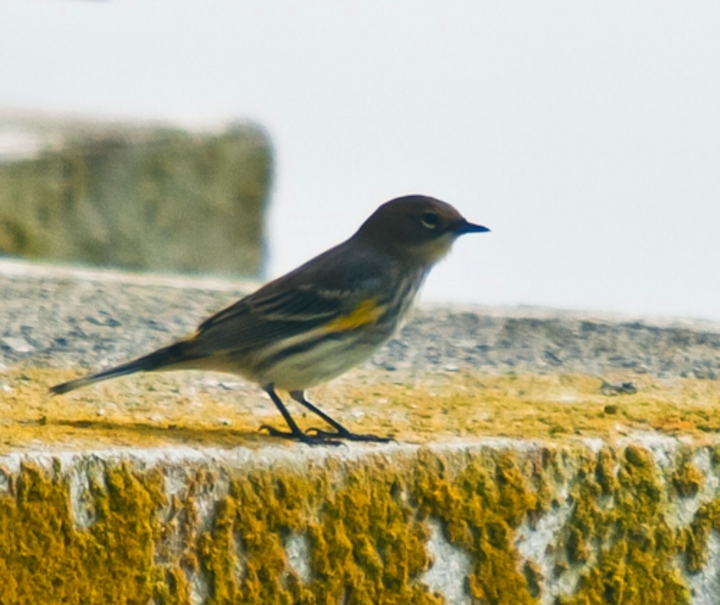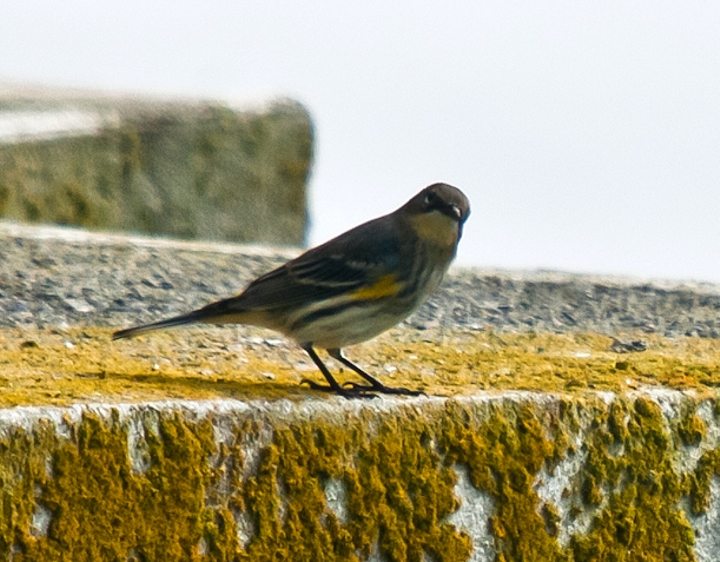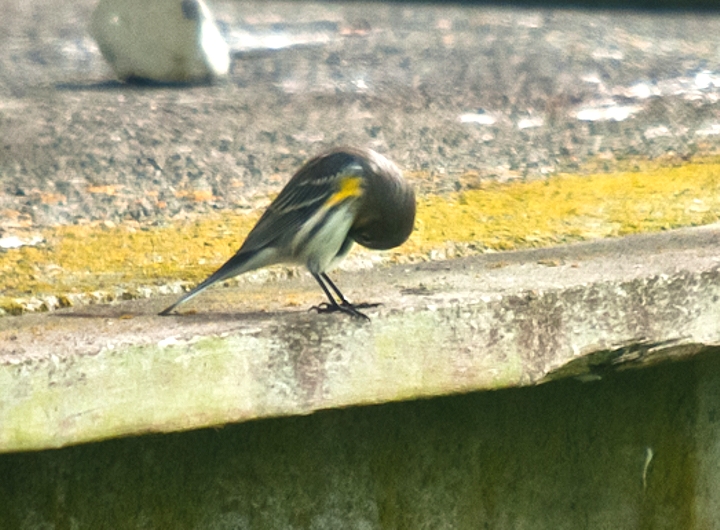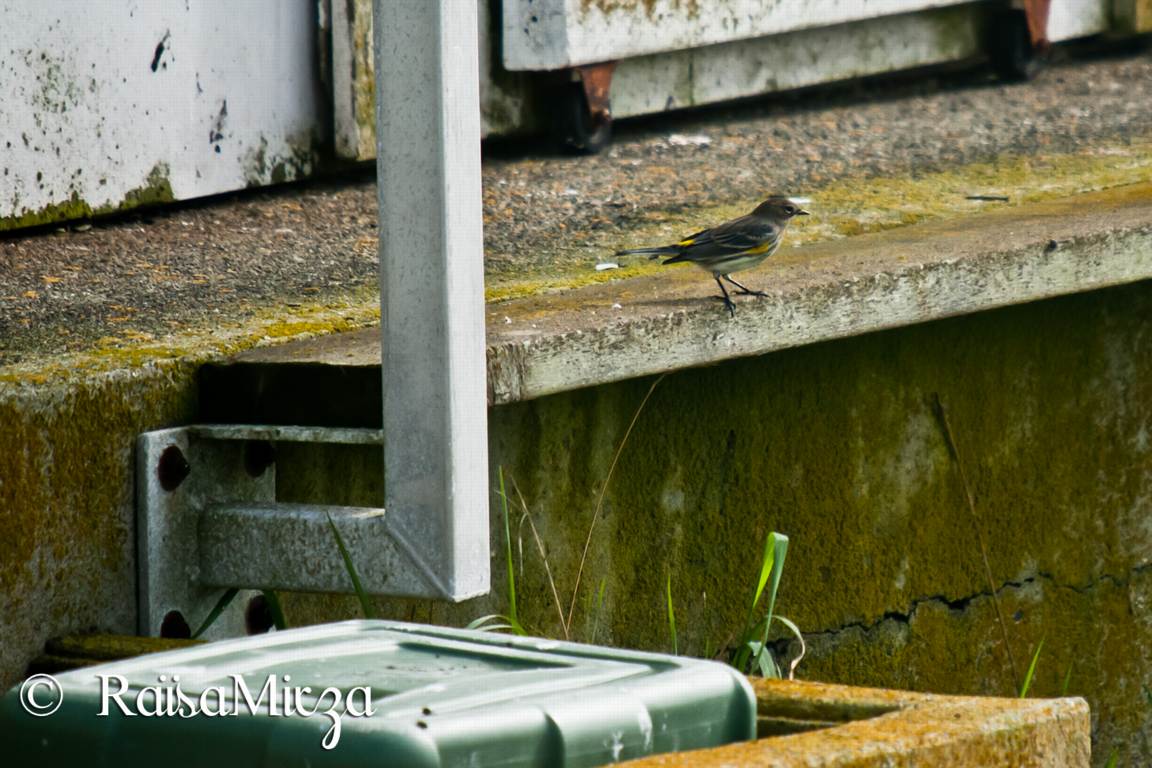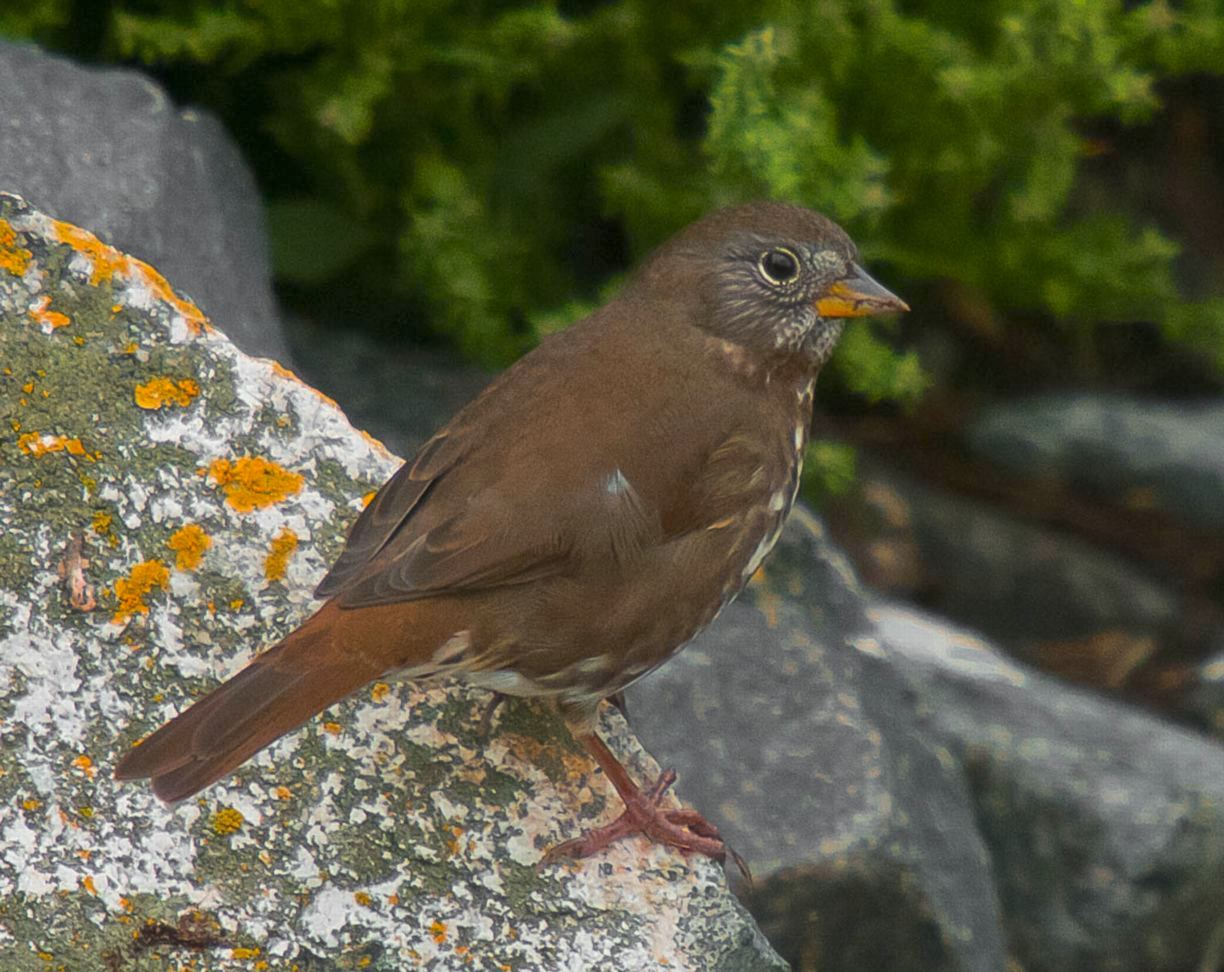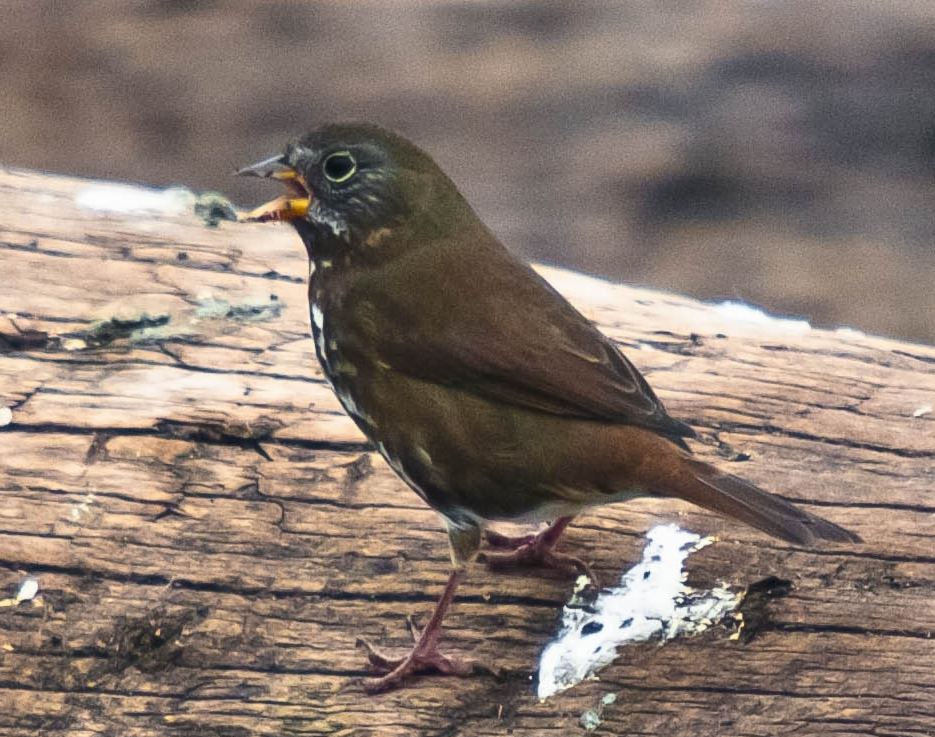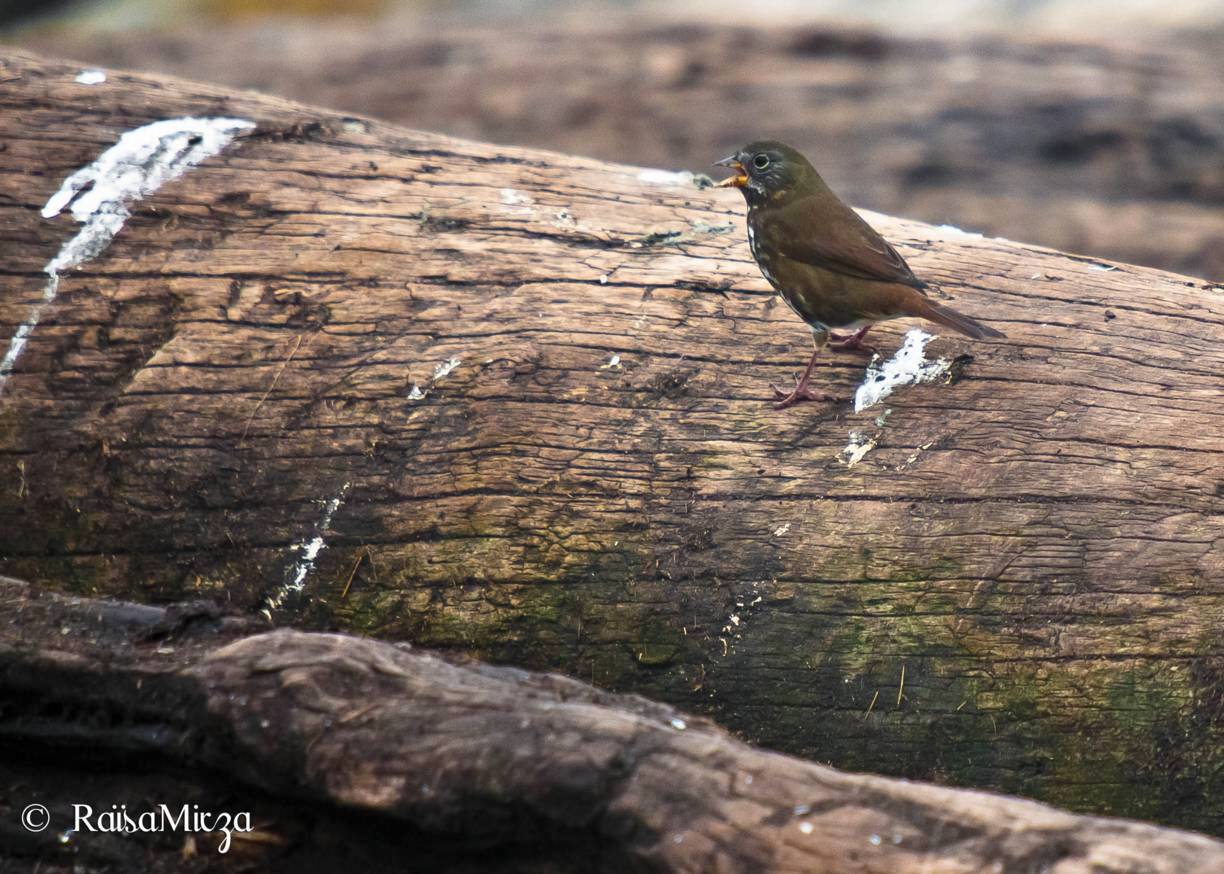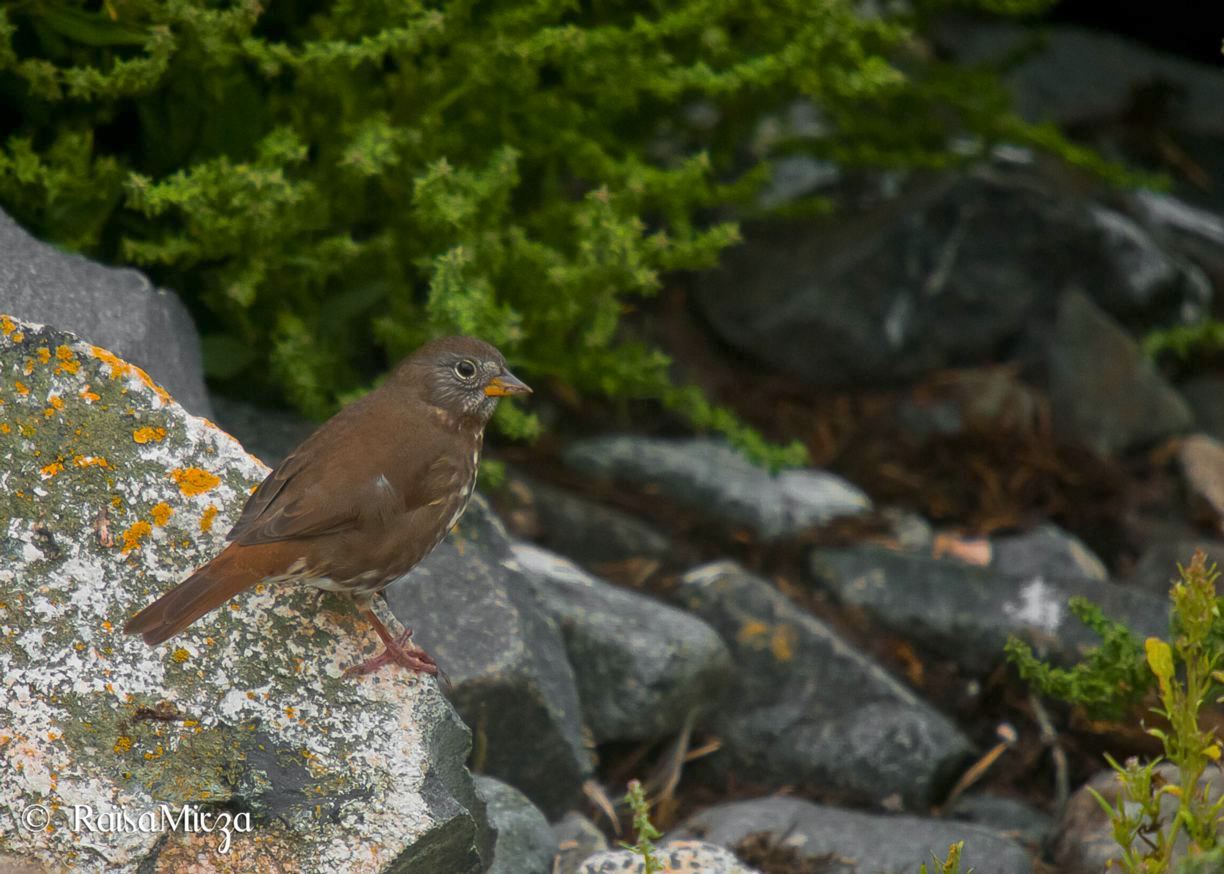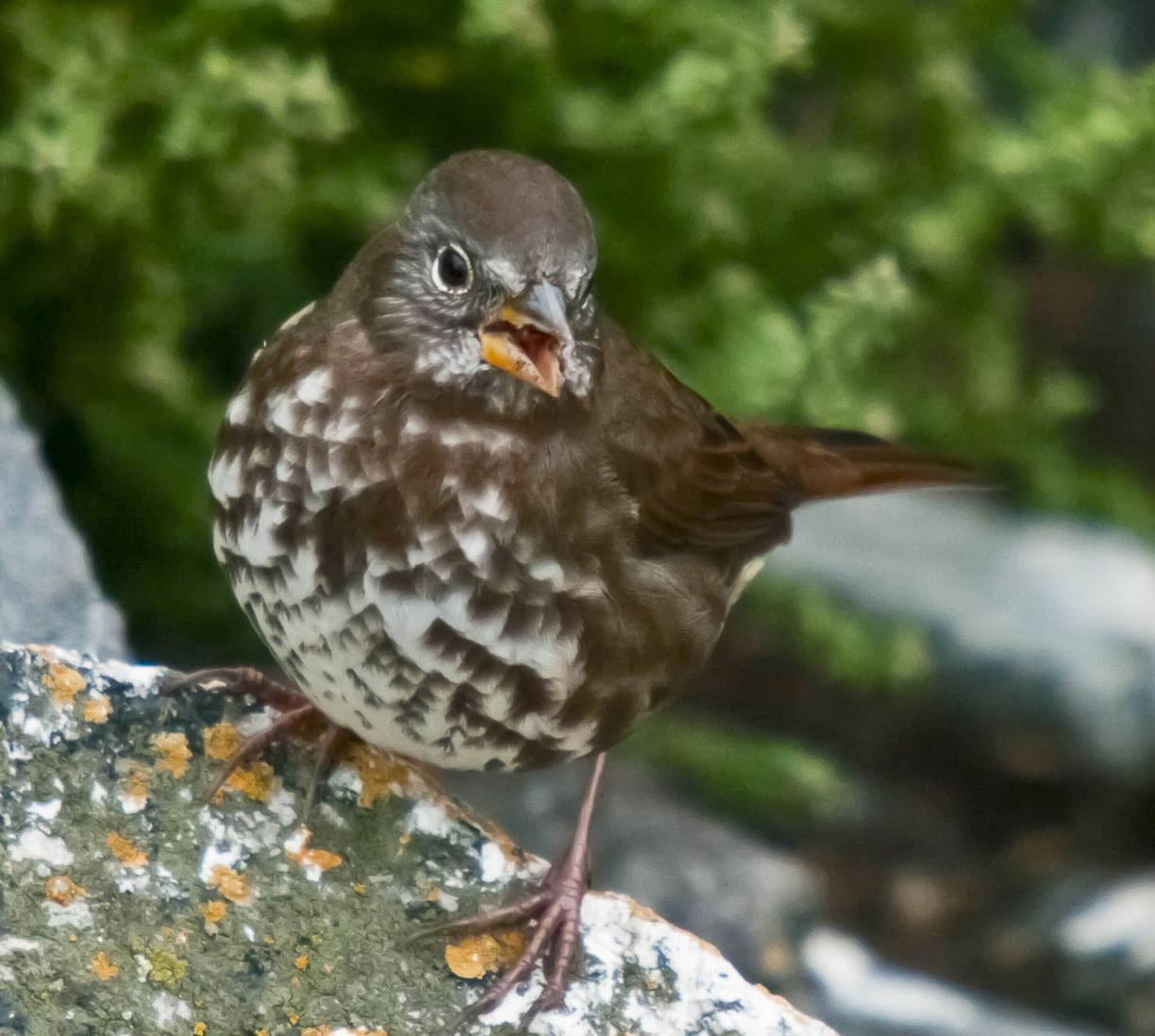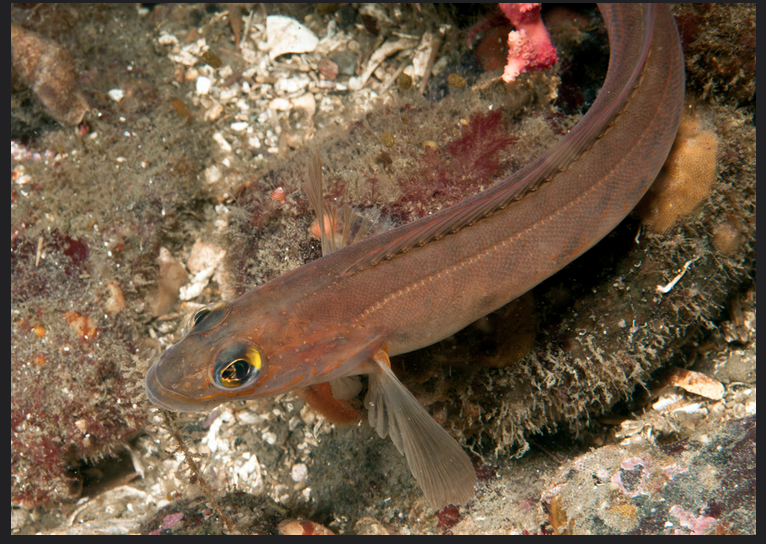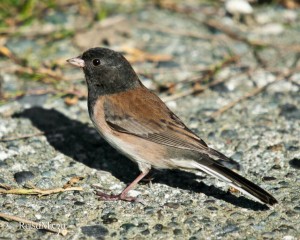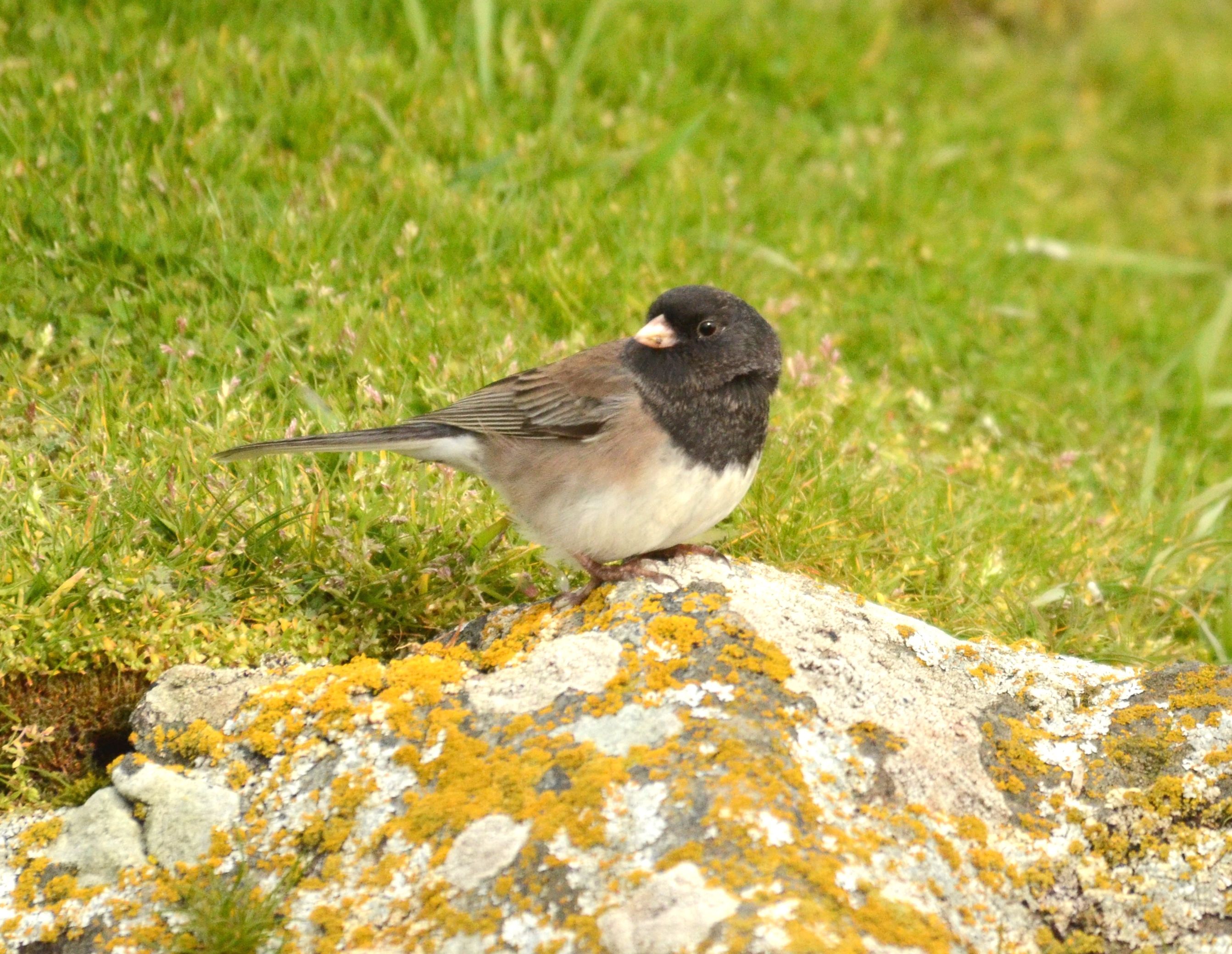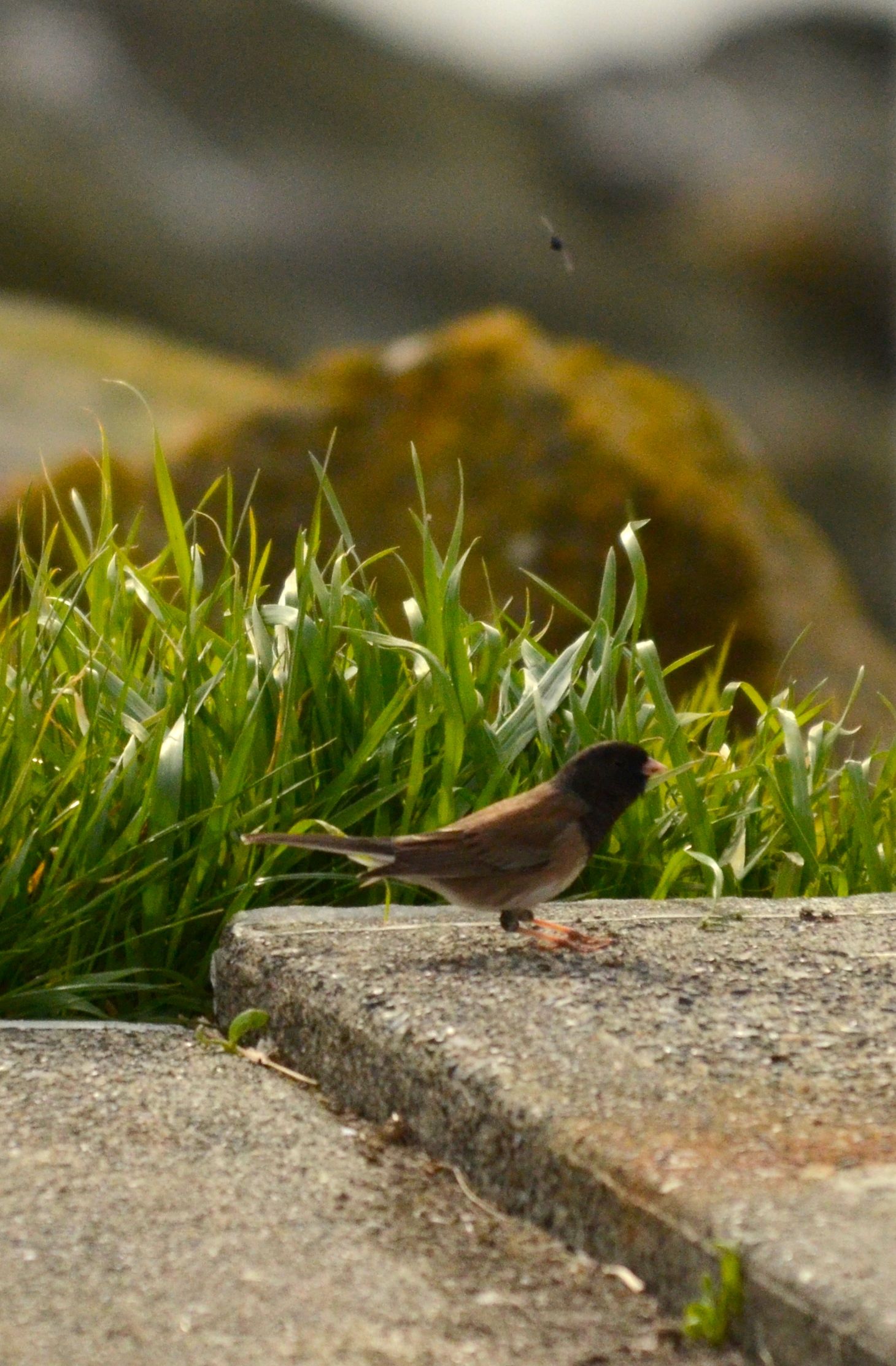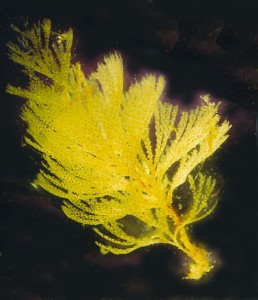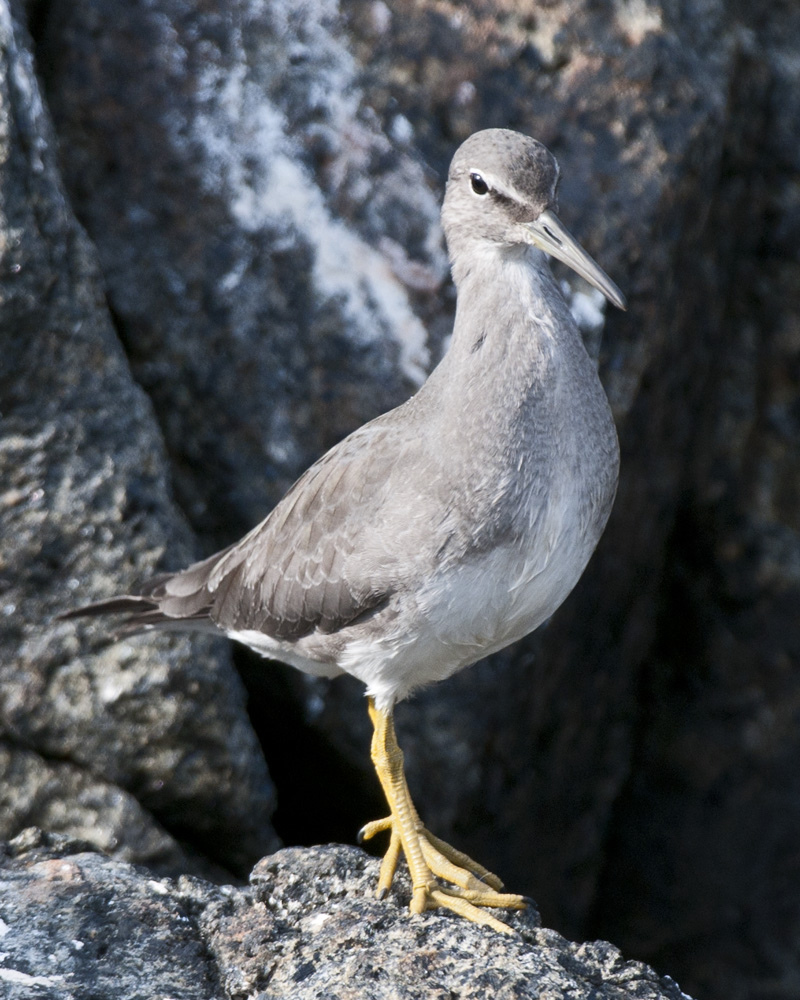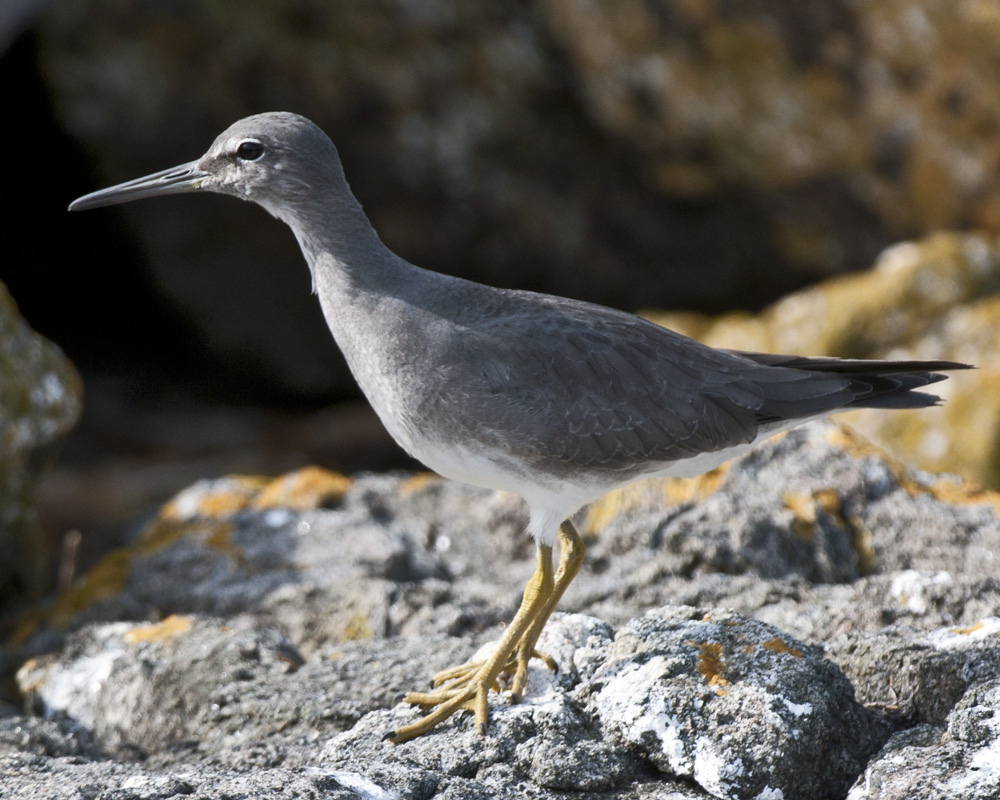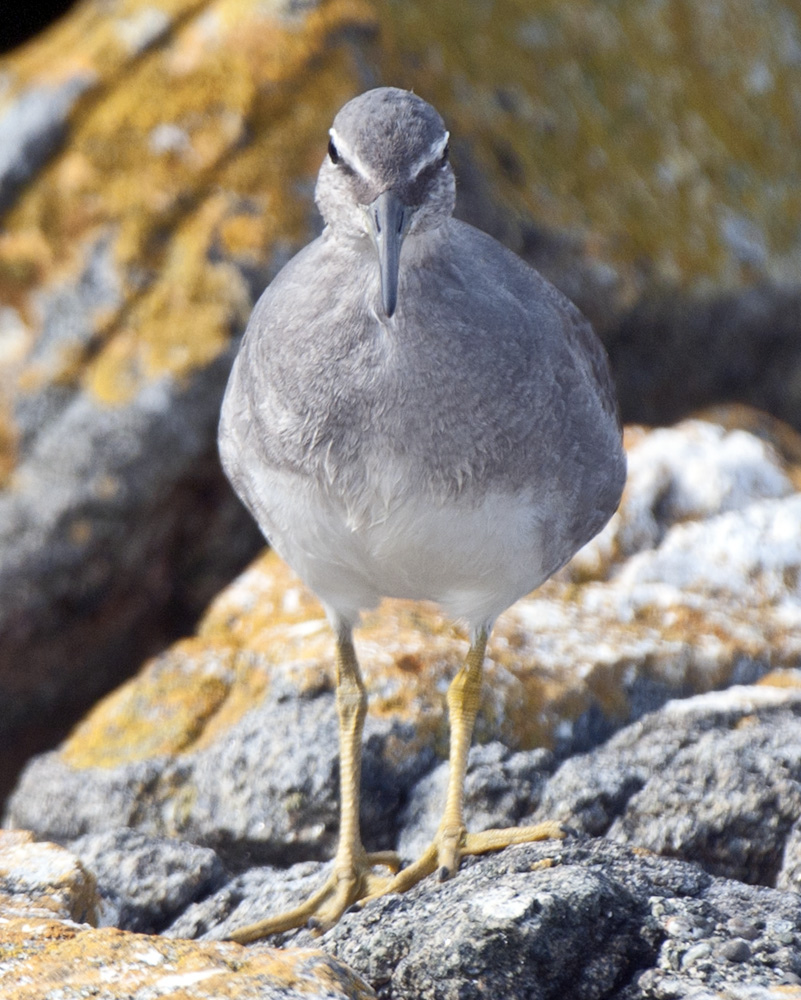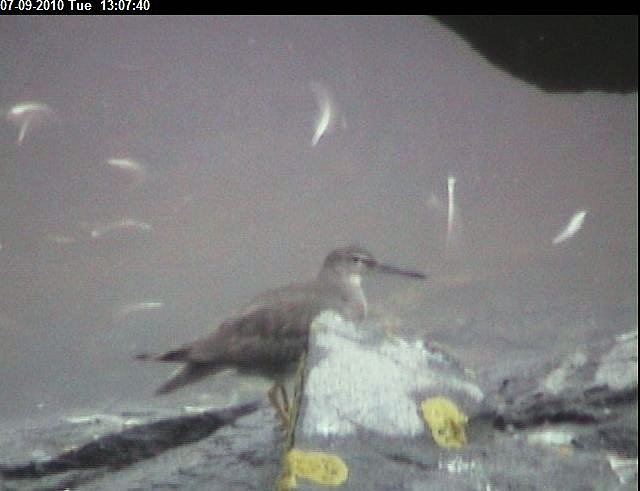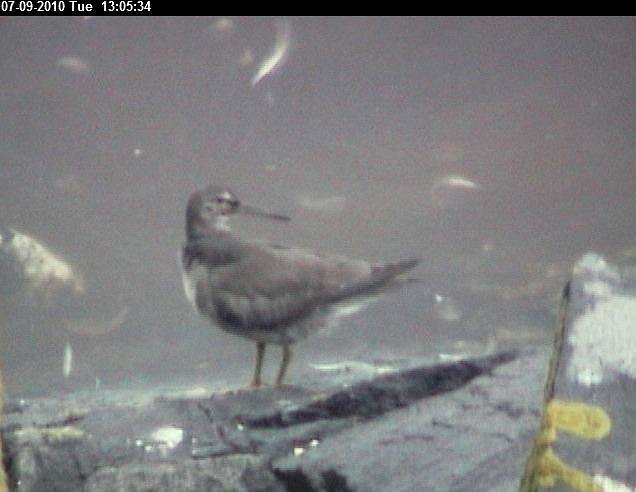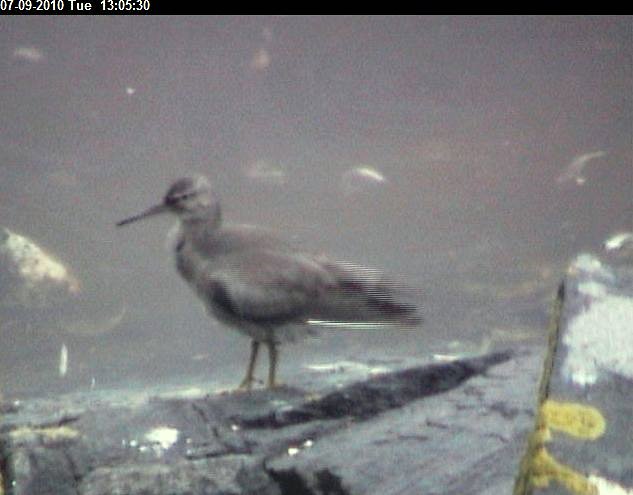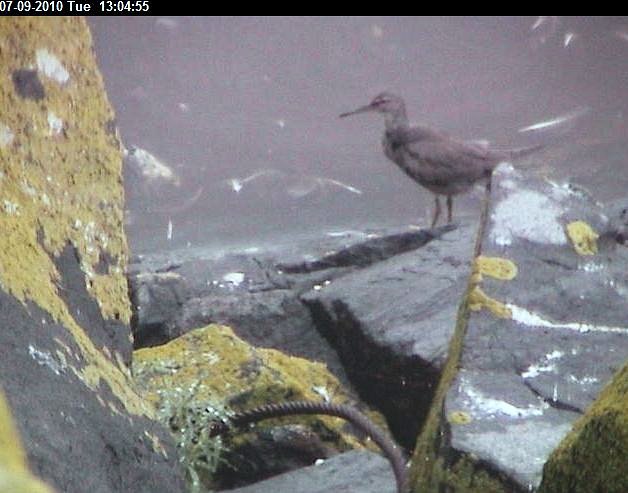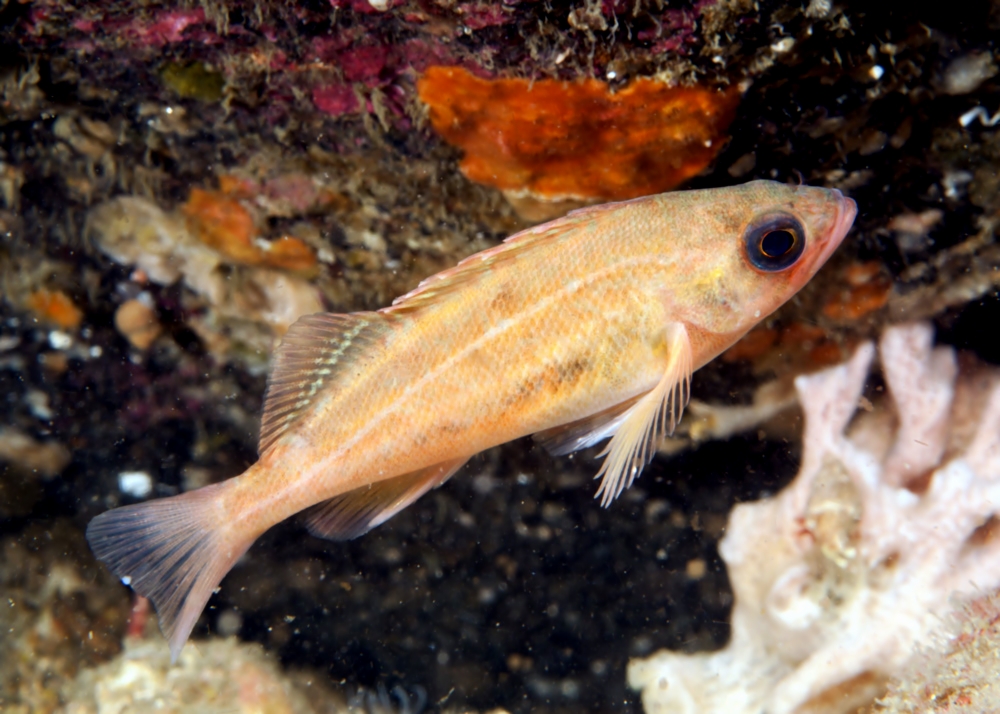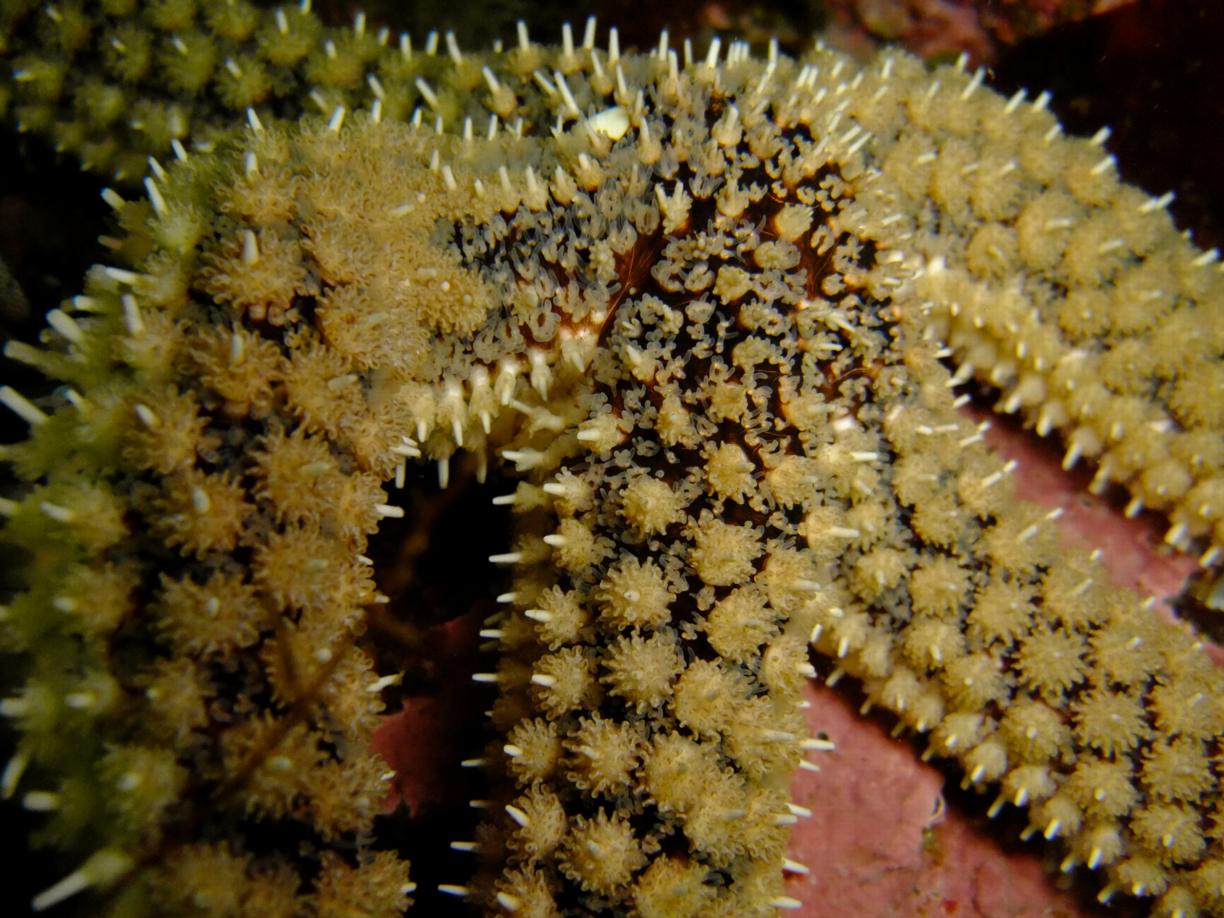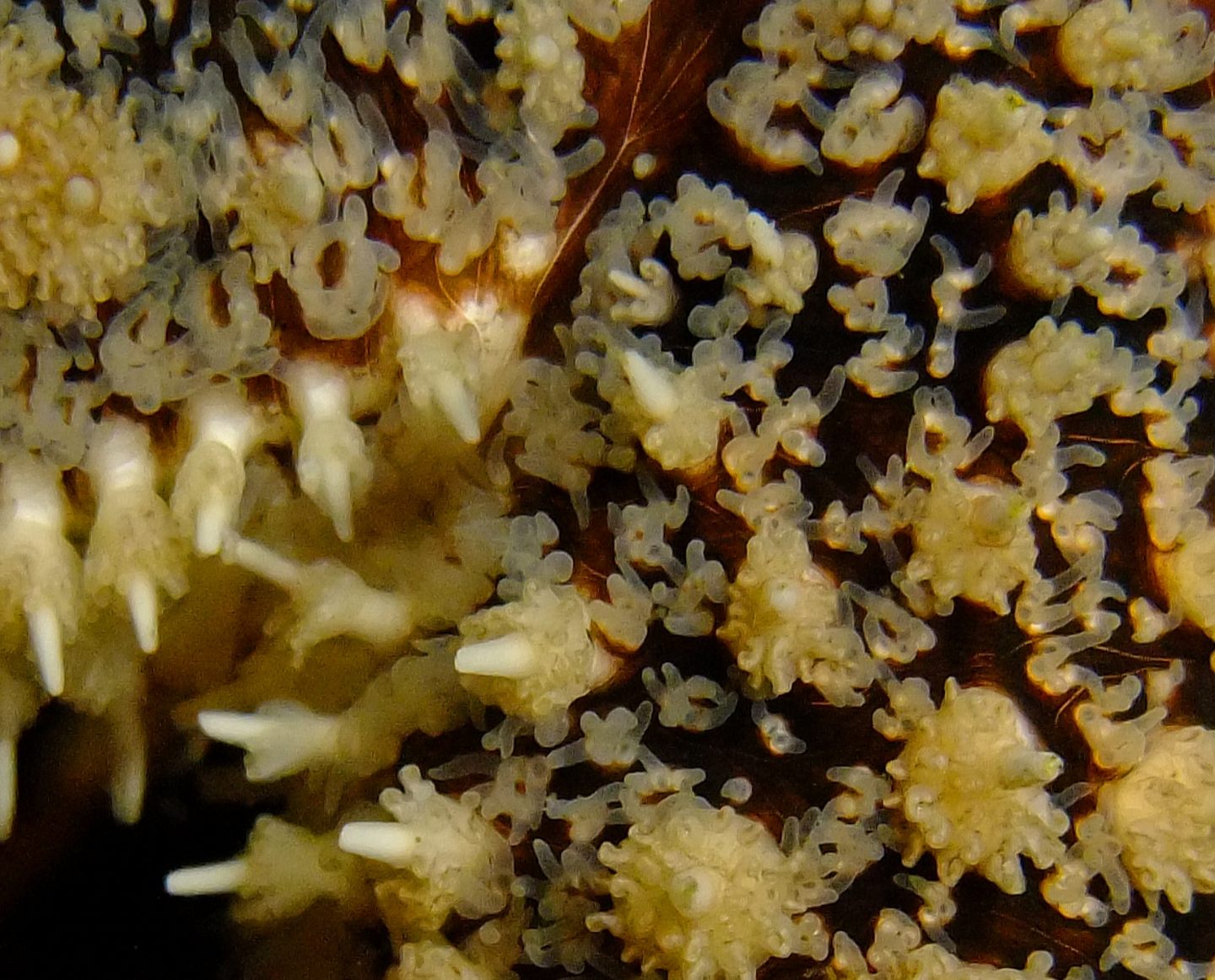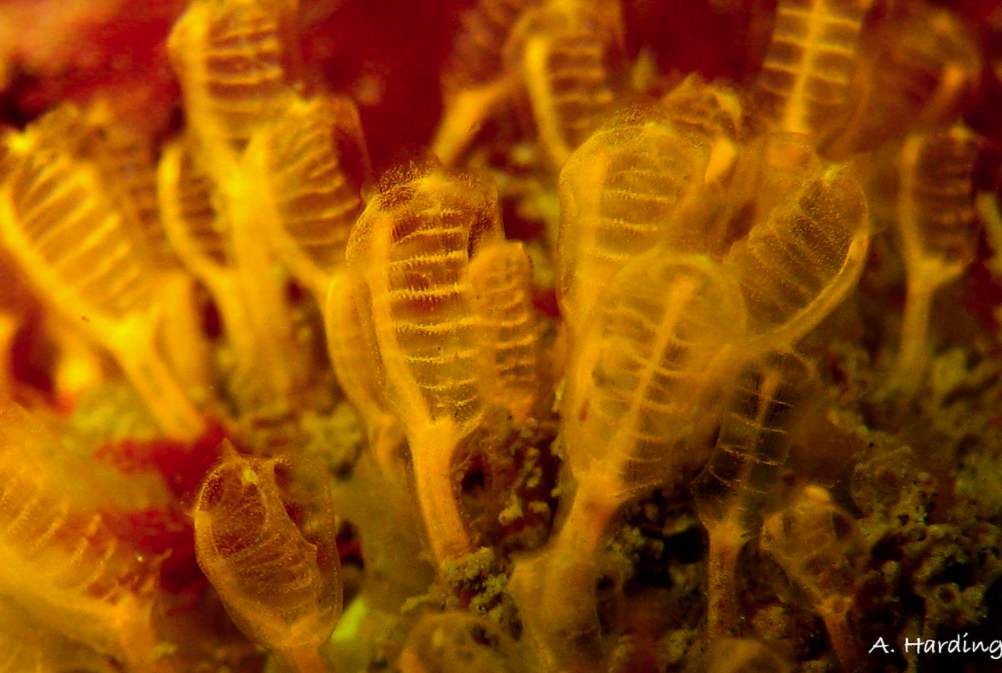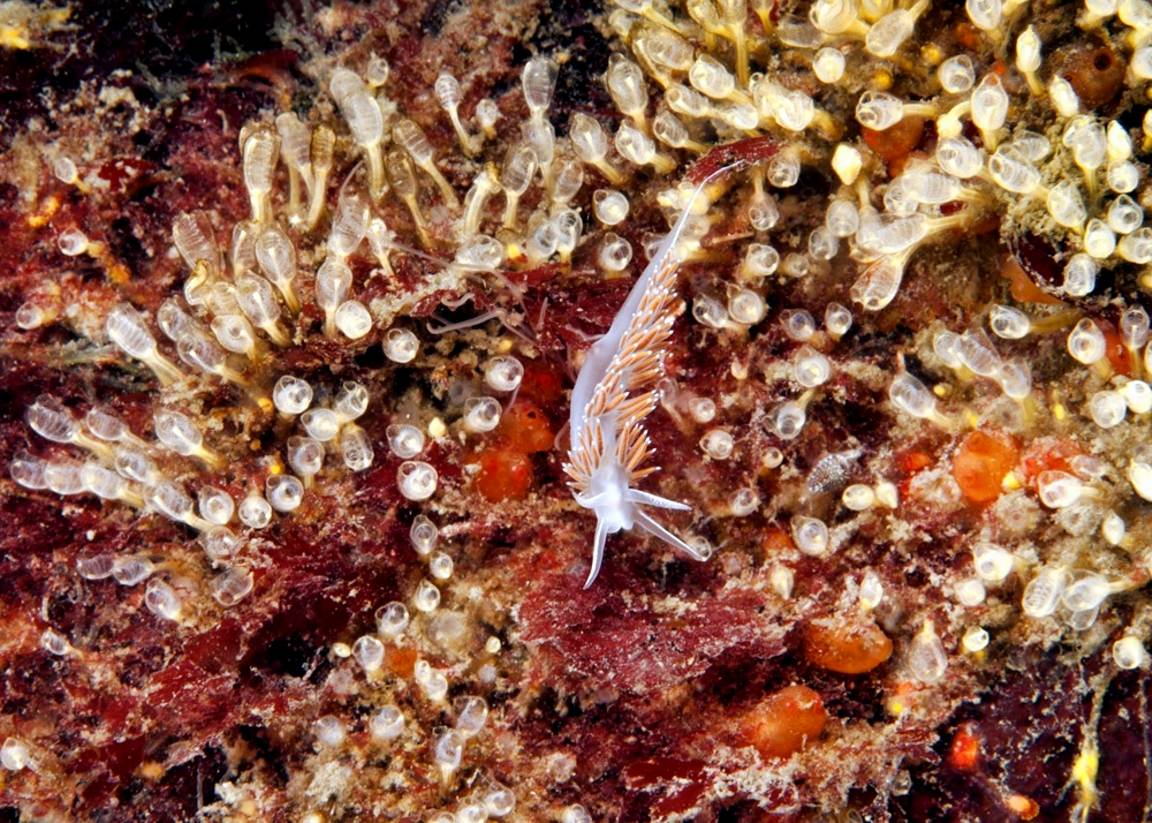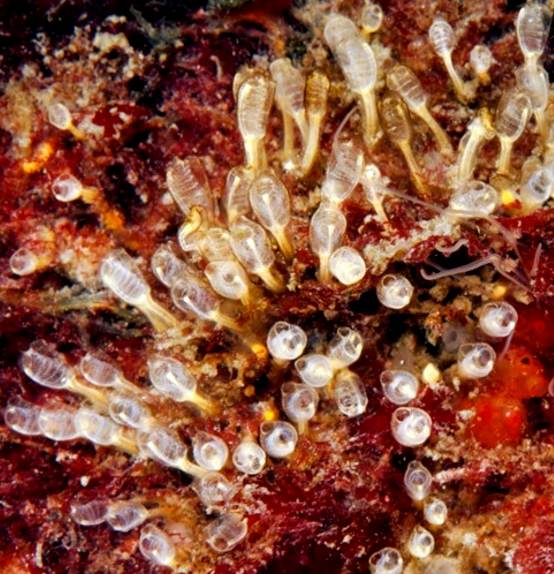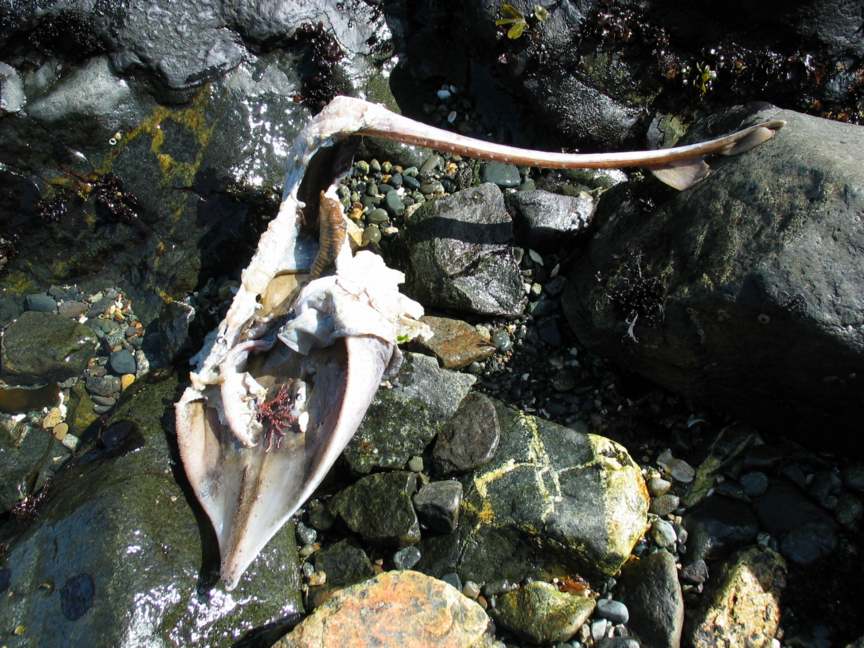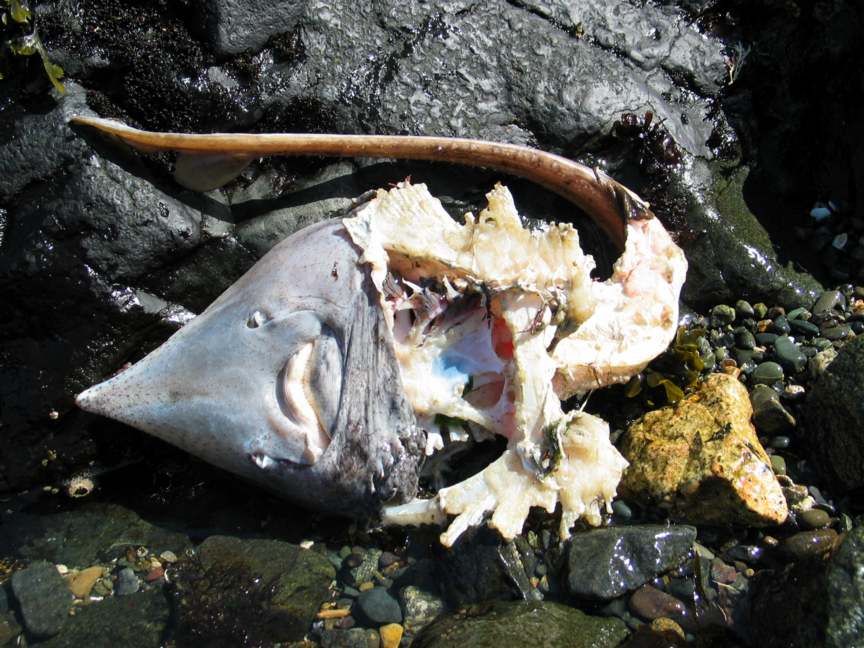Raisa Mirza took these photos of the first Audubon’s Yellow-rumped warbler to be identified at Race Rocks on September 18, 2010, It was near the solar panels on the south side of the energy building. This is a female which has stopped over at Race Rocks on her migration route . To the left is an example of the full sized photograph for relative size approximation. This warbler is widespread throughout North America.
Domain: Eukarya
Kingdom Animalia
Phylum Chordata
Sub-Phylum:Vertebrata
Class Aves
Order Passeriformes
Family Parulidae
Genus Dendroica
Species coronata, auduboni group (Linnaeus,1776)
Common Name:Audubon’s Yellow-rumped warbler
| Other Members of the Class Aves at Race Rocks |
and Image File |
 The Race Rocks taxonomy is a collaborative venture originally started with the Biology and Environmental Systems students of Lester Pearson College UWC. It now also has contributions added by Faculty, Staff, Volunteers and Observers on the remote control webcams. The Race Rocks taxonomy is a collaborative venture originally started with the Biology and Environmental Systems students of Lester Pearson College UWC. It now also has contributions added by Faculty, Staff, Volunteers and Observers on the remote control webcams.
September 2010- Raisa Mirza (PC) |

